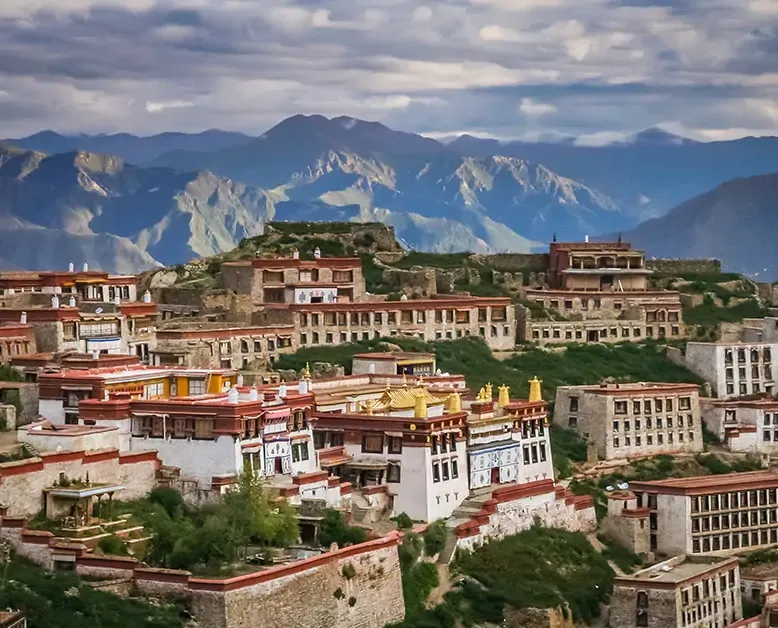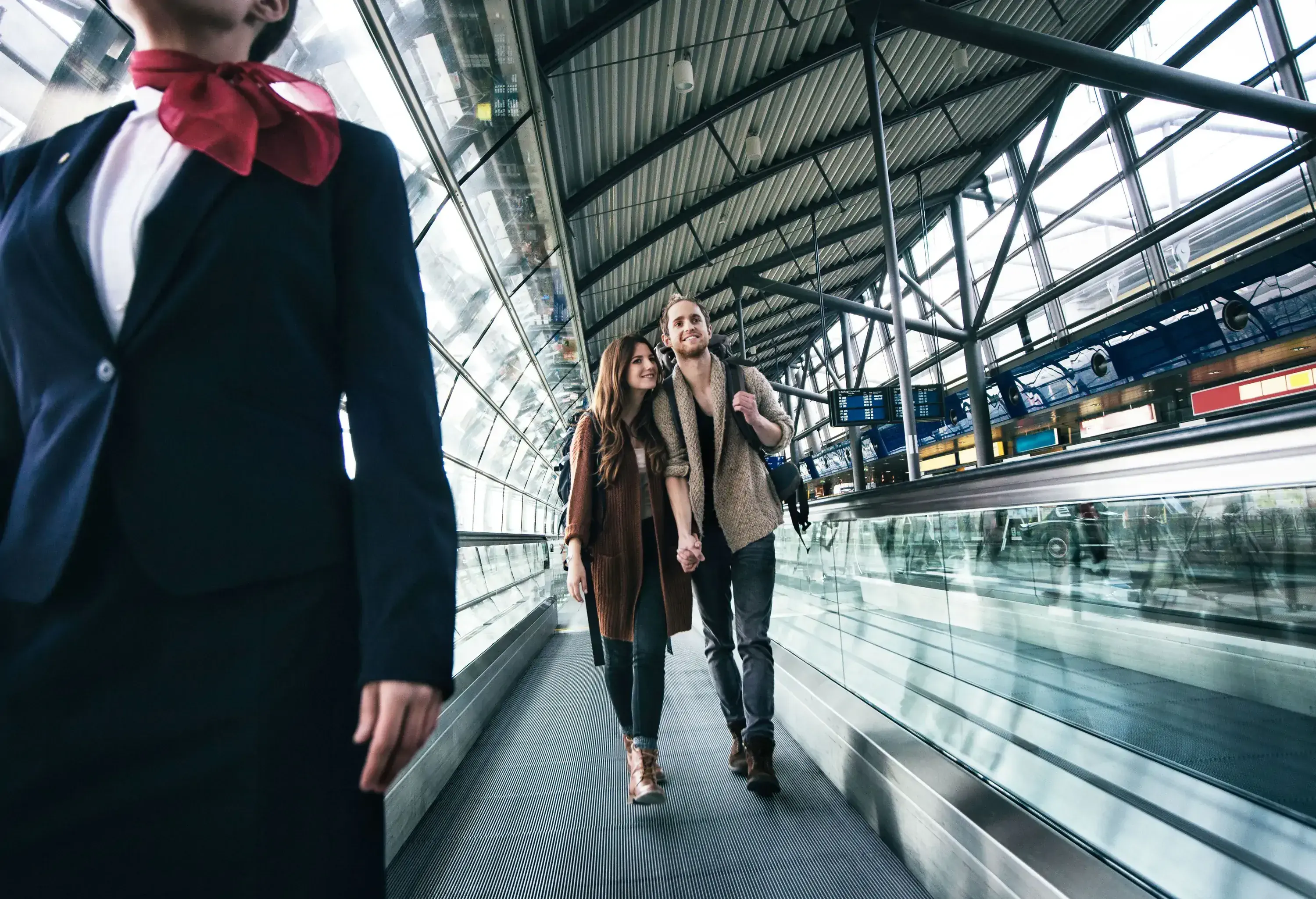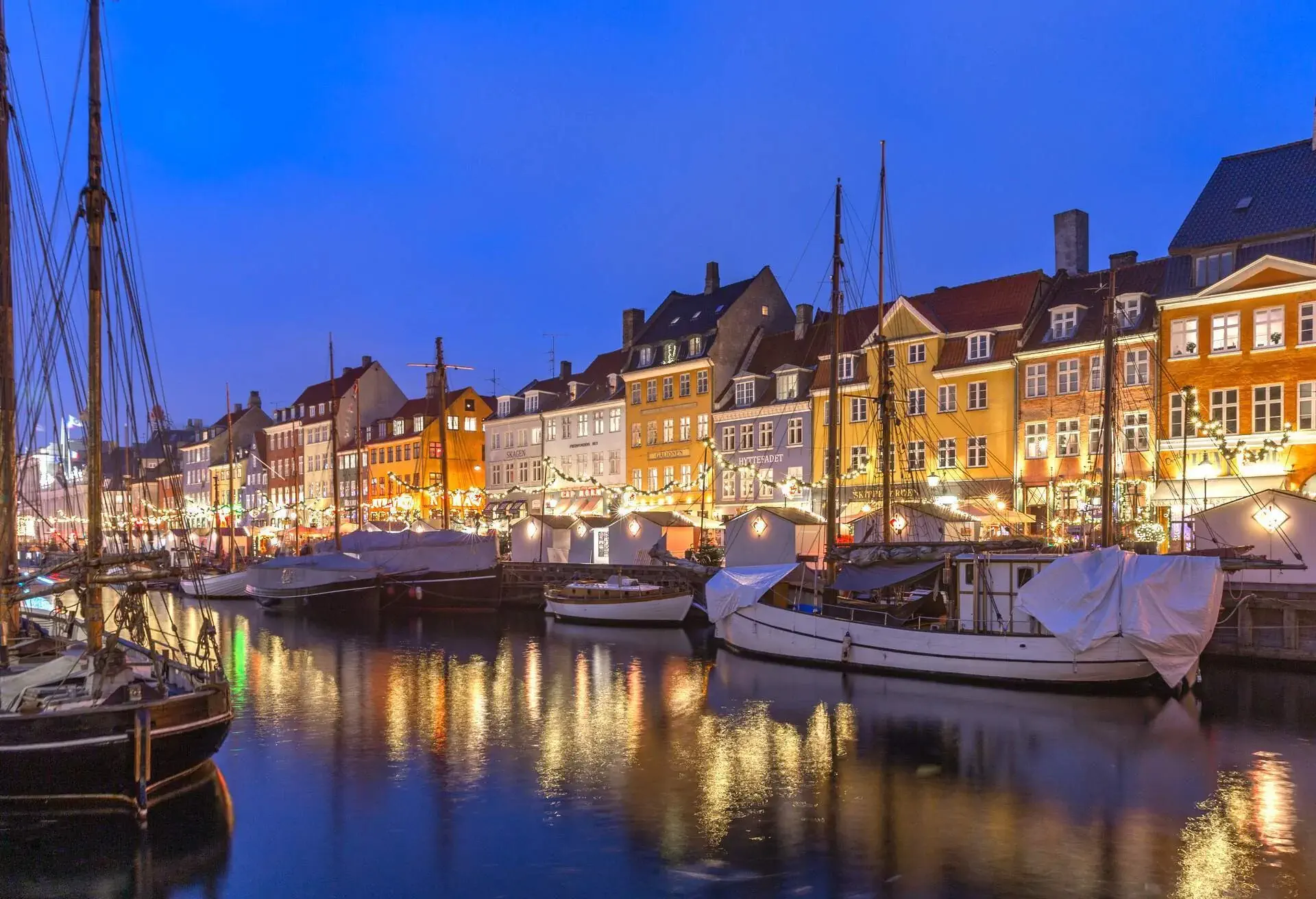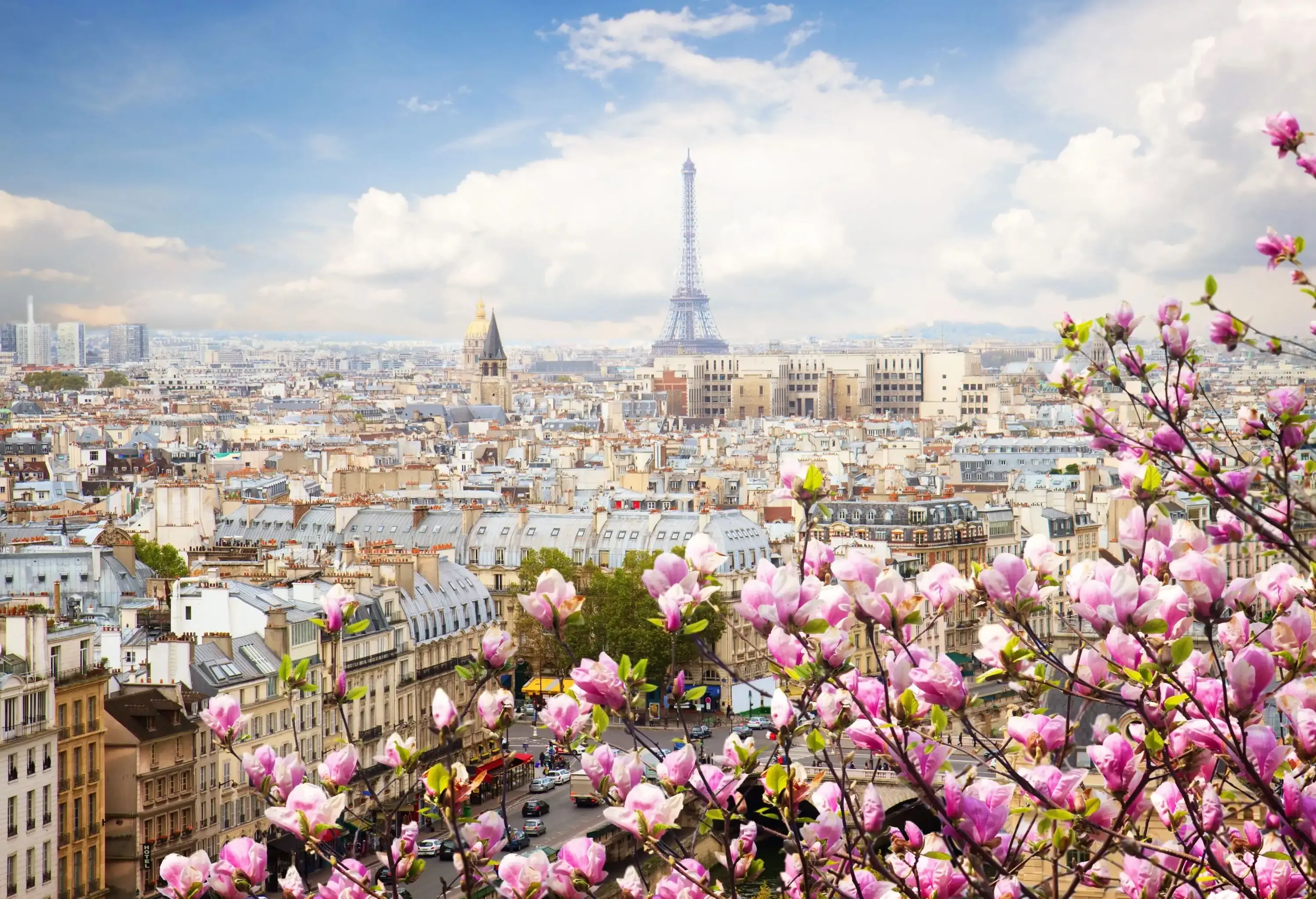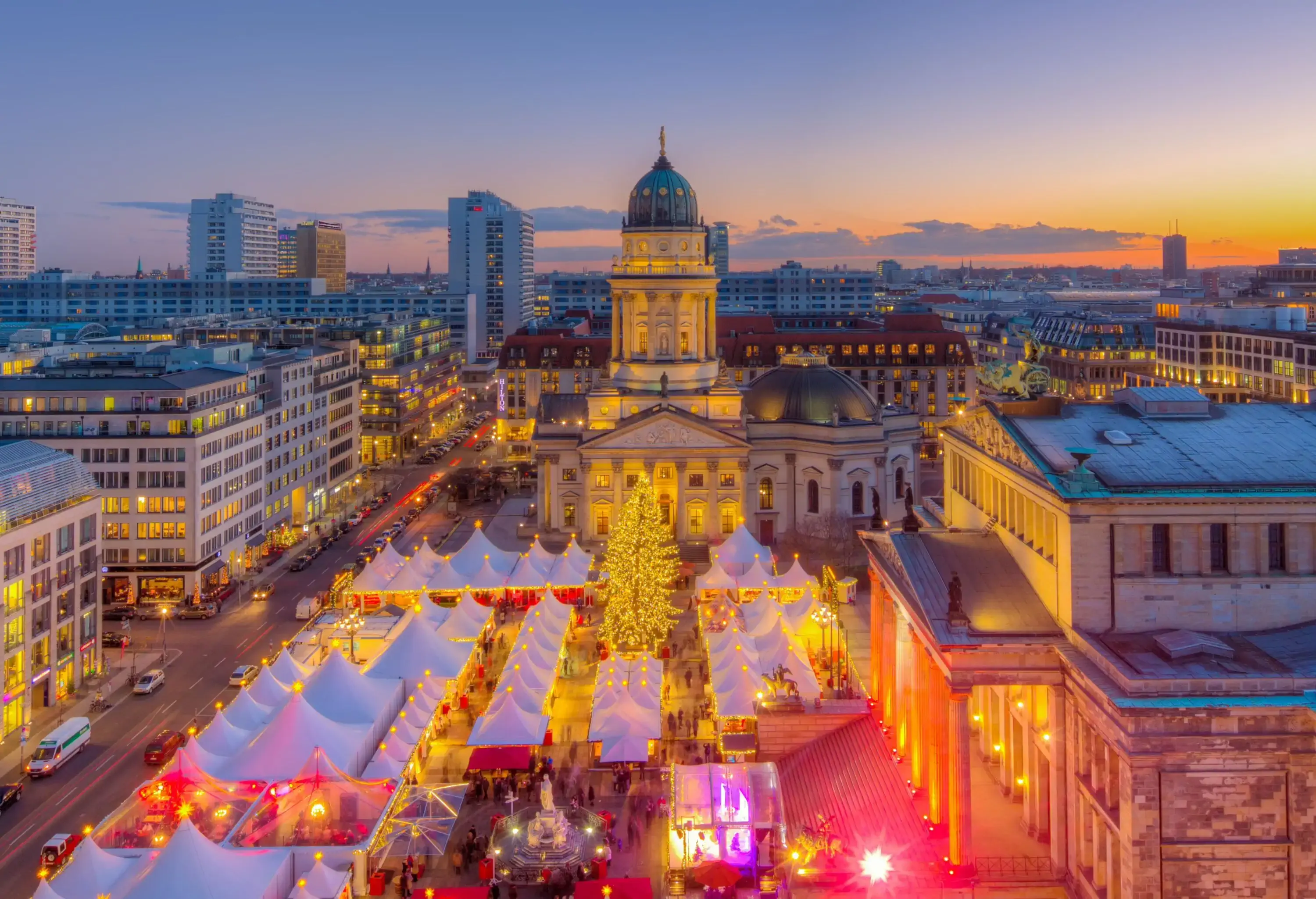Remote and removed, Lhasa is one of the least-visited destinations in the world. However, those who adventure to experience the spiritual home of Tibetan Buddhism are forever changed when they leave it. And while the Tibet Autonomous Region can leave you feeling out of your comfort zone, every moment spent here is worthwhile.
Lhasa is one of the highest inhabited places in the world. It’s about as close as you can get to touching the sky while remaining in civilization. In a literal sense, nine of the world’s 14 highest mountains (all standing above 26,000 feet) are here in the Himalayas, including Mount Everest (named Qomolangma by the Tibetans).
In a more metaphorical sense, Lhasa translates as “Land of the Gods,” and is the spiritual home of Tibetan Buddhism (making its proximity to the heavens rather fitting).
Lhasa | Getting There
If you arrive by plane from Nepal or China, the city looks like a white speck on a topographical map from above. For those who come by car — via the Friendship Highway from Nepal or by train from Xining in China — the city is like an oasis to someone lost in the desert.
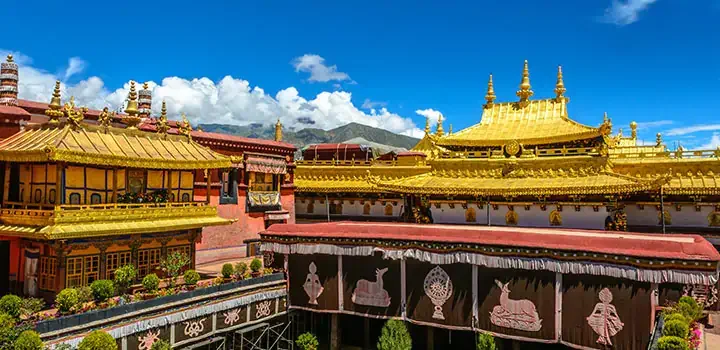
Lhasa | Day 1
Get a feel for the city
Two traits normally associated with Buddhism permeate the cityscape: patience and composure.
Start your day with a meal on the terraces of the House of Shambhala Hotel’s restaurant, where you can observe the city from above. You’ll notice Lhasa’s strange juxtapositions: the glass and concrete façades of the main shopping streets, the heavily-armed Chinese soldiers, the bazaars, the flat-roofed buildings, and Tibetans spinning their prayer wheels in the midday sun.
After, head to the Potala Palace, which was the former winter residence of the 14th Dalai Lama. It’s built into the mountainside, 430 feet above the city. Its red and white façade stands as a reminder of the politics that forced the Dalai Lama to flee in 1959, after the brutal suppression of Tibetan demonstrations for the freedom and independence of their country.
At the palace, you’ll immediately notice the heavy smell of incense sticks and butter-lamps burning, as well as the incessant murmur of monks praying. Everywhere you’ll see countless Buddhas in an array of different poses – every posture and accompanying hand gesture relating to a different story and meaning.
Observe Buddhist prayers
The best views of the Potala Palace are from the centrally located Barkhor Square, which also houses the golden-roofed Jokhang Temple (Tibetan Buddhism’s most important sanctuary and place of pilgrimage).
You’ll have some free time in the afternoon and it’s worthwhile to find a quiet place to people-watch in the square. Observe the faithful praying before the main entrance of the temple. Take a deep breath.
Join a heated debate
After the serenity of Jokhang Temple, Sera Monastery comes as a bit of a shock. Even from afar you can hear a cacophony of Tibetan. In the inner courtyard of the main temple, about a hundred Buddhist monks sit in saffron-colored garments, arguing loudly, clapping their hands at each other and lunging with ferocity.
What seems to be a mix of hand-to-hand combat and verbal argument is, in reality, a form of debate practiced by the monks here. The physical and oral elements are sometimes performed seriously, sometimes while laughing, sometimes emphatically and sometimes aggressively. It creates a platform where opinions are allowed to live, fully imbued with the emotions attached to them.
Enjoy dinner in City Center
Spend the evening soaking up the atmosphere at one of the restaurants in the city center, somewhere around Barkhor Square. Try out the exceptional Makye Ame Tibetan Restaurant, which also offers fantastic views of the Jokhang Temple. Another legendary viewing spot is the Snowland Hotel, which offers great food and a rooftop terrace with possibly the best panorama of the old town.
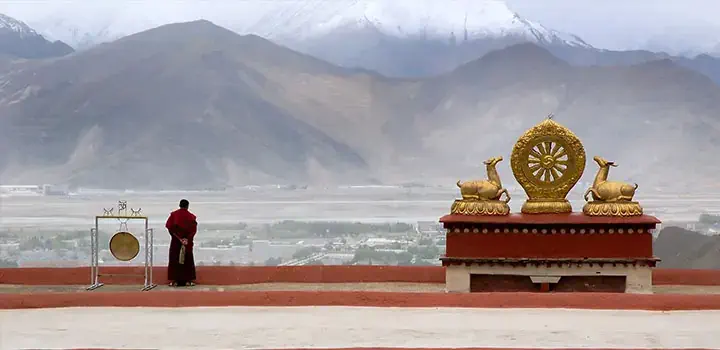
Lhasa | Day 2
Get moving
There’s a lot to pack into your second day: a visit to Norbulingka Palace, the Dalai Lama’s Summer Residences, the Tibet Museum and a drive out to the nearby Chagpori Rock Carvings.
Eat a light lunch
Eat a light meal at Father Vegetarian, a tiny restaurant where young cooks are tasked with preparing vegetarian variations of traditional Tibetan cuisine.
Take a journey for the body and mind
Visit Drepung, a monastery complex jam-packed with numerous manifestations and reincarnations of sacred Buddhist figures. From there, venture to see the Nietang Buddha 80 miles south-west of the city. The orange, blue and gold Nietang Buddha — which shines out from the cliff it is carved into — stands at a breathtaking 33 feet in height.
Eat a home-style meal
Head back to Lhasa for your next meal. Keeping with the eating-in-a-traditional-atmosphere theme, good food and a fantastic atmosphere can be found at the Tibetan Family Kitchen – rightly named for being literally in the host’s own kitchen. If you are looking for something a little less rustic, Arirang Barbeque City offers an excellent and stylish Korean menu.
Namaste all night
While Tibet’s spiritual center doesn’t offer a wide range of yoga classes throughout the city in the evenings, you can still practice you asanas. Head to the Iridium Yoga Pilates Studio or St. Regis Lhasa Resorts for a guided practice. If you really want to get traditional, try knocking on the doors of Buddhist monasteries, but bring along two things: time and patience. Visitors are sometimes allowed to join in, but there is absolutely no guarantee.
What do you need when traveling to Lhasa?
- Check travel warnings and restrictions before you go.
- Apply for a Chinese visa. Check our application instructions here.
- Apply for a special permit to tour the Tibet Autonomous Region (also known as Tibet Travel Permit or Tibet Entry Permit). This can only be obtained through a travel agency accredited by the Tibetan Tourist Board.
- Technically, travel permits are not issued to single travelers. Travelers will be required to travel as a group (at least five persons) which will be put together by the accredited travel agency if necessary.
- A scanned copy of your passport and your Chinese visa, as well as information on your profession, is required to obtain the special permit. According to the Tibetan Tourist Board, the processing time is generally between five and seven working days.
- Mountaineers, journalists, business travelers and people visiting family are subject to specific provisions.
Header Image Attribution: aaabbbccc/Shutterstock.com

